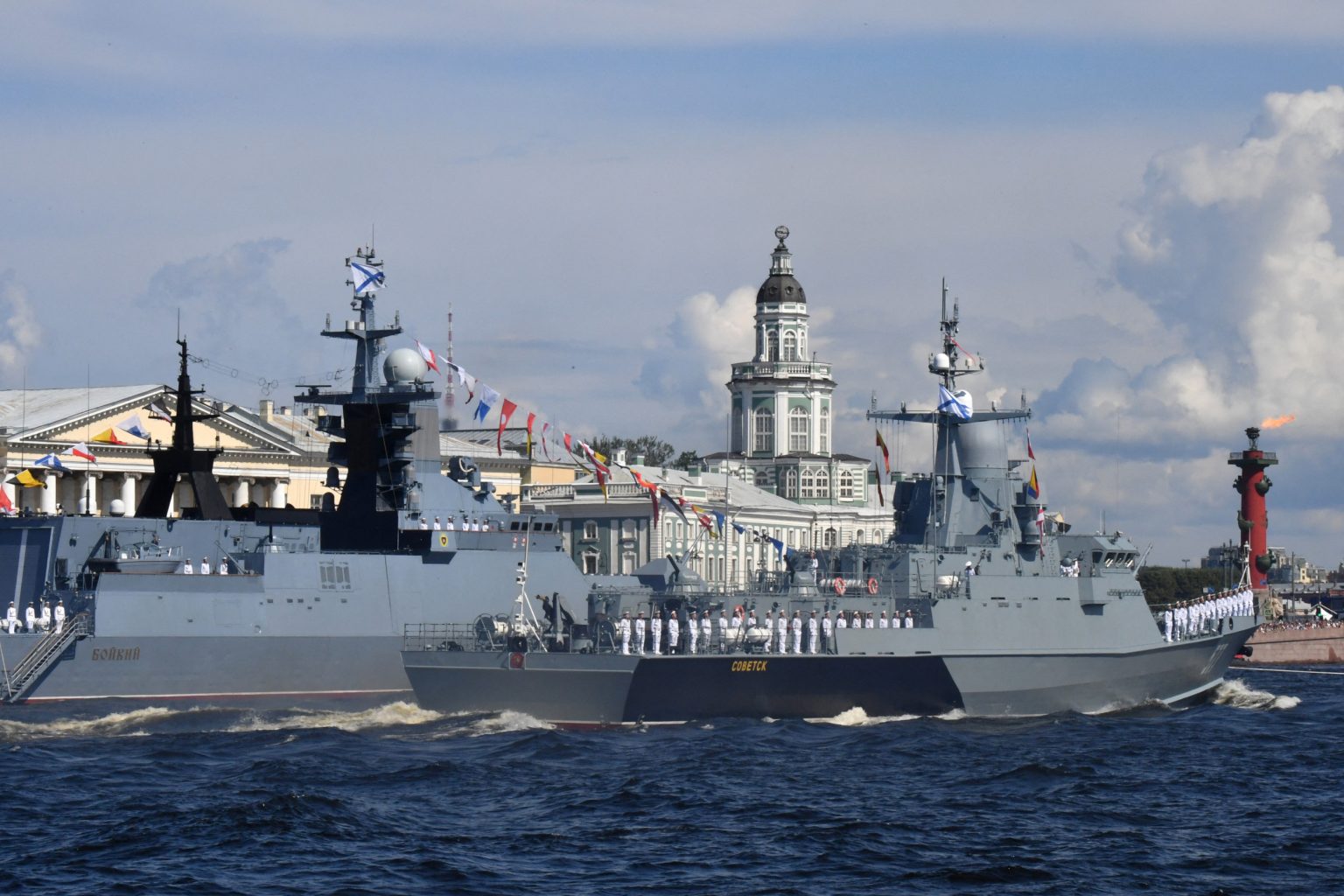Russia’s naval ambitions are taking center stage amidst escalating tensions with NATO. Admiral Alexander Moiseyev, Commander-in-Chief of the Russian Navy, recently highlighted the expansion of the Russian fleet, underscoring the addition of approximately 30 vessels in 2024, including the diesel-electric submarine Kronstadt and the small missile ship Amur. This naval buildup comes at a time of heightened geopolitical friction, with the Russia-Ukraine war serving as a focal point of contention between Russia and the West. NATO’s unwavering support for Ukraine, both politically and materially, has drawn sharp rebukes from Moscow, further exacerbating the already strained relationship. This naval expansion is seen by some analysts as a direct response to the perceived threat posed by NATO’s support for Ukraine, with Russia aiming to project power and deter potential intervention.
The modernization and expansion of Russia’s submarine fleet is a particularly concerning development for NATO. The introduction of advanced nuclear-powered submarines, such as the Arkhangelsk, a Project 885M (Yasen-M) vessel, significantly enhances Russia’s undersea warfare capabilities. These submarines, along with others like the Severodvinsk, Kazan, Novosibirsk, and Krasnoyarsk, are equipped with sophisticated cruise missiles, including the Oniks and Kalibr-PL, providing Russia with a formidable long-range strike capability. The launch of the Nikolay Zubov, an ice-class patrol ship designed for Arctic operations, further underscores Russia’s strategic focus on expanding its influence in this increasingly important region. This naval expansion is part of a broader military modernization effort by Russia, aimed at bolstering its defensive capabilities and projecting power on the global stage.
The ongoing conflict in Ukraine has significantly amplified the tensions between Russia and NATO, with both sides engaging in increasingly bellicose rhetoric. Russian Defense Minister Andrei Belousov’s warning of a potential direct conflict with NATO within the next decade reflects the deep-seated mistrust and apprehension that characterize the current geopolitical landscape. Moscow’s decision to update its nuclear doctrine, lowering the threshold for nuclear weapons use, has further heightened anxieties, raising concerns about the potential for escalation in the event of a direct confrontation with NATO. This nuclear posture is seen by some as a deterrent, meant to discourage Western intervention in Ukraine, while others view it as a dangerous escalation that increases the risk of a catastrophic conflict.
The United States, a key NATO member, has strongly condemned Russia’s “irresponsible, escalatory rhetoric,” emphasizing that neither the U.S. nor NATO seeks a military conflict with Russia. However, the ongoing provision of military aid to Ukraine, including advanced weaponry, continues to fuel tensions, with Moscow viewing this support as direct Western involvement in the conflict. The impending change in U.S. leadership, with President-elect Donald Trump succeeding President Joe Biden, adds another layer of complexity to the situation. Trump’s stated desire to “get the war stopped” raises questions about the future trajectory of U.S. policy towards the conflict and its relationship with both Russia and Ukraine.
The future of the Russia-Ukraine conflict, and the broader relationship between Russia and NATO, remains uncertain. Russia’s continued naval buildup, with plans for further additions of ships and weapons in 2025, signals a long-term commitment to military modernization. This naval expansion, coupled with Russia’s assertive rhetoric and updated nuclear doctrine, underscores the seriousness of the current geopolitical climate. The upcoming third anniversary of the war in Ukraine will likely serve as a moment of reflection, but also a potential catalyst for further escalation, depending on the actions of all parties involved.
The surprisingly resilient Ukrainian resistance, bolstered by Western support, has made the conflict far more protracted and costly for Russia than initially anticipated. The changing political landscape in the United States, with the transition from Biden to Trump, introduces a new element of unpredictability. Trump’s approach to the conflict, and his relationship with Vladimir Putin, could significantly alter the dynamics of the conflict and the broader relationship between Russia and the West. The coming months and years will be crucial in determining the trajectory of this complex and volatile situation, with the potential for both de-escalation and further confrontation remaining very real.



